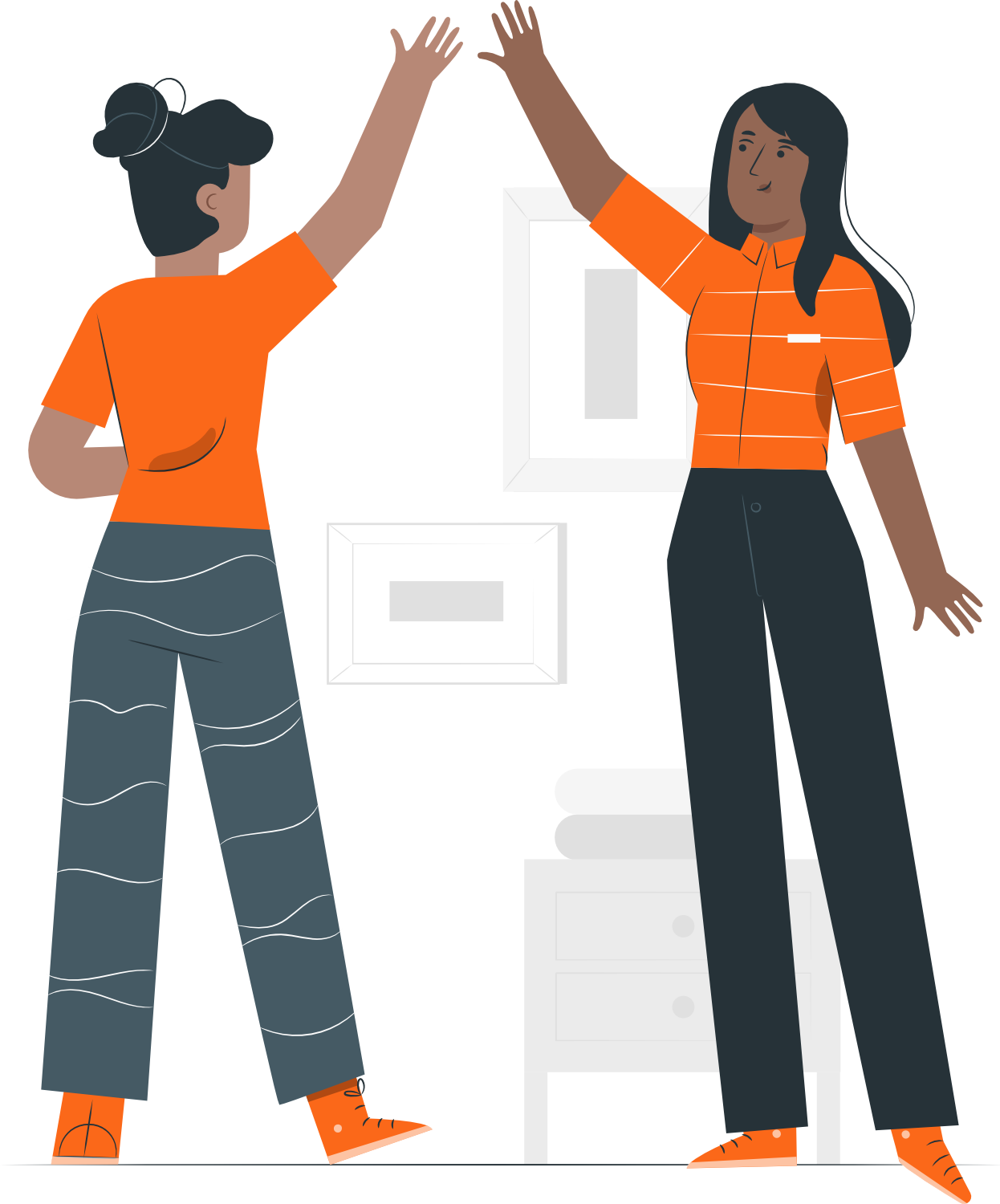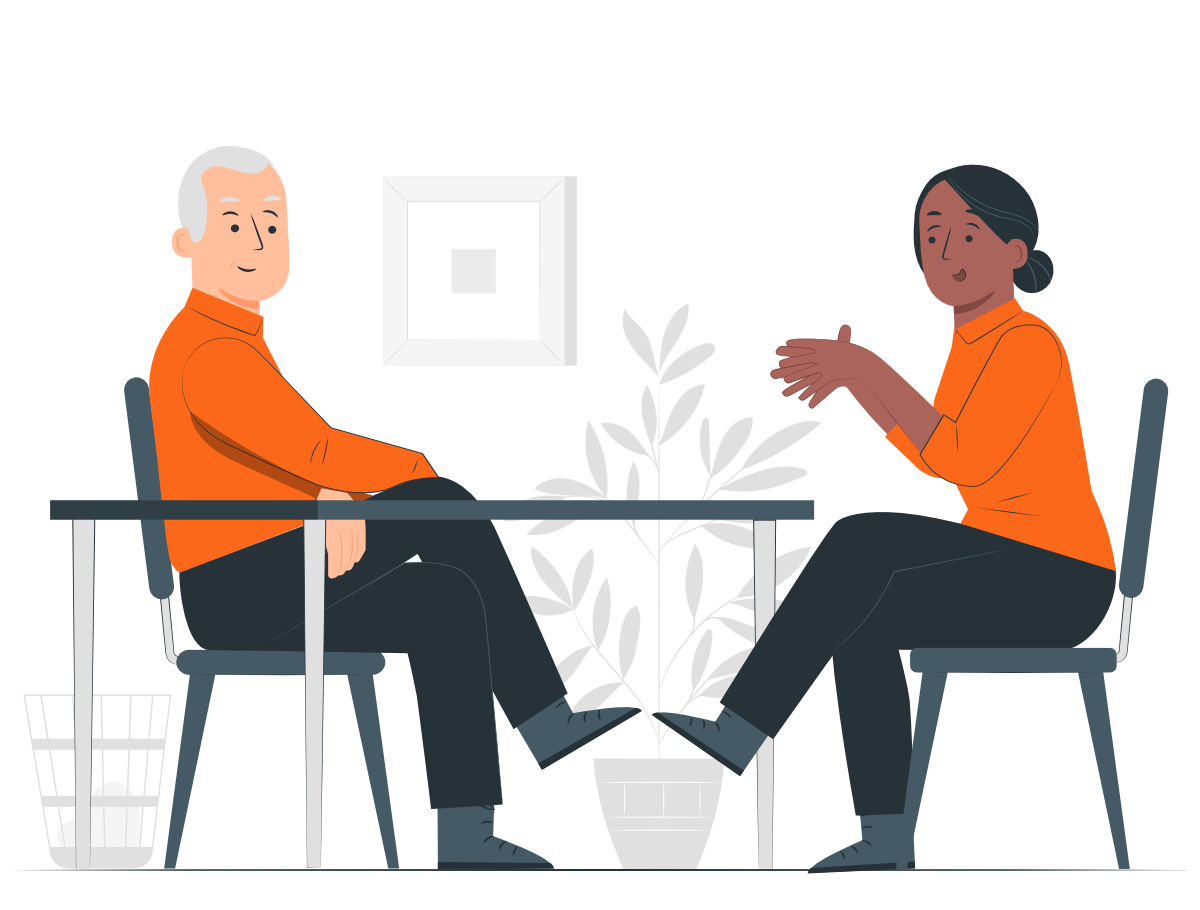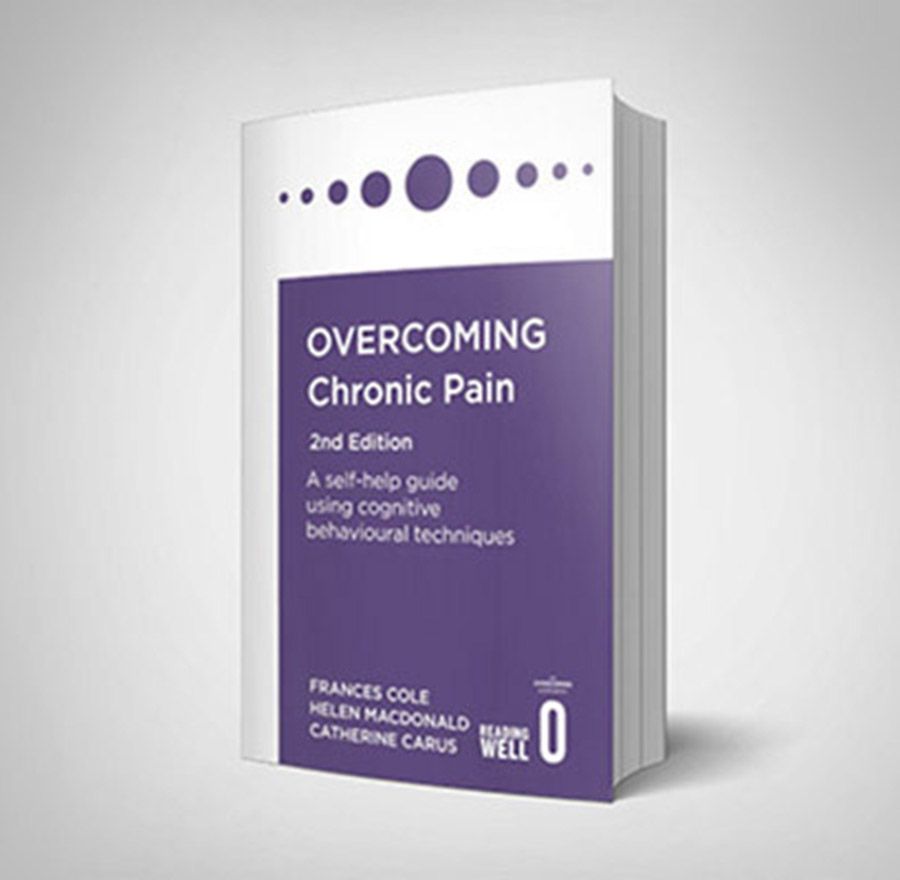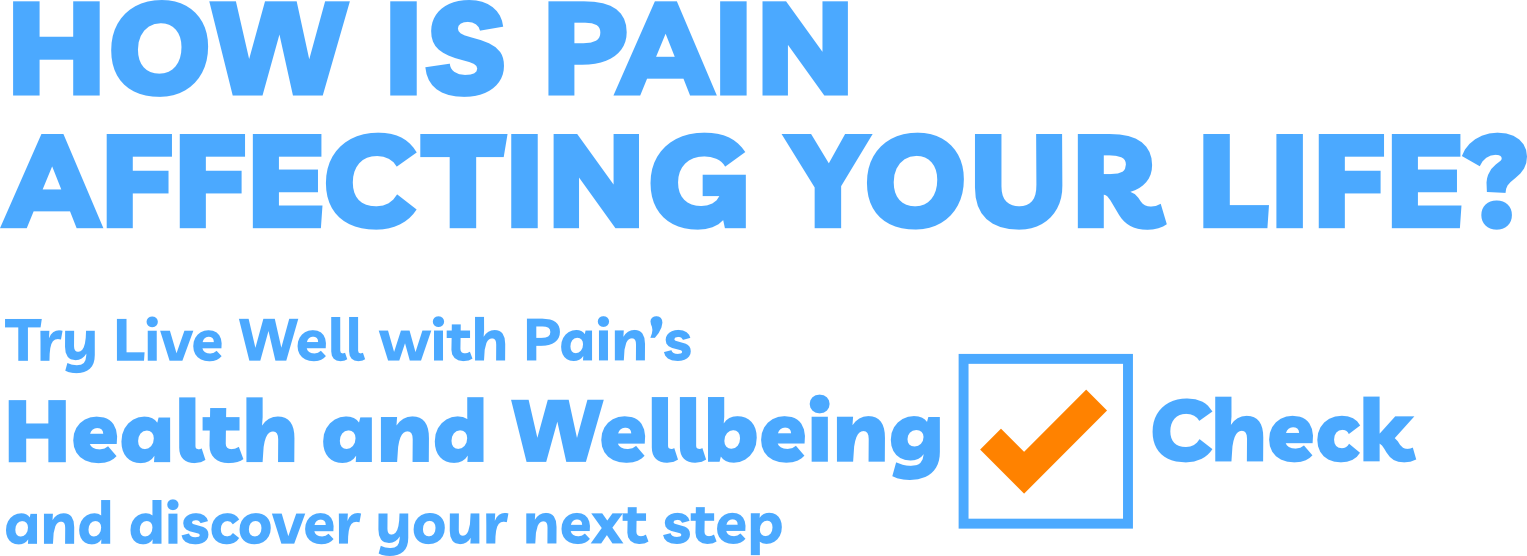Communication
You can’t see pain, so how can other people understand what you’re dealing with? People living with pain know that talking to those around them can be a challenge. We need to find ways to tell people what we need and why.
Connecting through open and honest talking
People living with pain sometimes tell us that they begin to wonder how to talk to their relative or friend, because so many conversations become dominated by pain, appointments or medicines.
As a consequence, the small things in life that are part of normal chat – such as something you might have seen on social media, or whether there is enough cat food to last the week – begin to be lost.
The relationship can end up falling into one or more common communication traps:

Some common communication traps
-
Not wanting to talk
-
Mind reading, or second guessing what the other person is thinking
-
Not being honest with each other or trying to protect each other from problems
-
Misunderstanding what they are saying or what they want
-
Not knowing what to say
-
Guilt because you feel you shouldn’t burden the other person
-
Conflict because neither person’s needs are being fully met


Overcoming communication traps
You might overcome communication traps by:
-
Having a mid-morning coffee together and chatting about what’s in the paper.
-
Identifying a time to do the week’s menu together.
-
Being honest with yourself and your friend or relative about your own needs.
It is sometimes difficult to know what to say or ask because we think the other person doesn’t understand how pain, fatigue, reduced mobility or depression affect us. The key is to tell them how you are feeling.
Explaining your experience to others
What do other people need to know about you living with pain?
It can help to let people know how the pain limits you. Other people can’t see the invisible effects of pain. So talk to them about ways they can support your goals or help you live better with pain.
Some people find it useful to make a list of things they need people to know about what it’s like living with persistent pain.
Try making different lists for:
-
People I am close to
-
My friends and work colleagues
-
My employer
-
Health care professionals
-
Other people
“I’m learning how to manage my pain better, and so I do need to pace myself.”
“I now take regular breaks at the moment, often with a fruit juice or cup of tea. I think I need to try relaxation break too . . . what do you think?”
“When I pace I need to plan in my rest breaks so it would help if you reminded me as sometimes I can over-do it.”
Some tips for talking to other people about your pain
Most people don’t know what it’s like to live with persistent pain. So we need to find ways to tell them what we need and why. Otherwise they’ll have to guess – and will probably get it wrong!
Be confident and assertive
Often we back out of being assertive, because we don’t want to appear pushy or demanding. But assertiveness really just means means being clear.
So aim to be confident in what you are saying and it will help everyone understand.
Why being assertive is not the same as being aggressive
Manage your stress
Being assertive can be stressful. See Footstep 8 – Managing moods
Breathe!
Manage your breathing to keep calm, and you’ll communicate better. There are breathing exercises here:
Some useful breathing exercises
Know what to say
Think about what you want to say before you speak to someone. Try practising before you speak to them.
How do you say it?
-
Think (and practice) tone and volume.
-
Keep good eye contact.
-
And remember – be clear!
Most people around you want to help, so you need to let people in. You need to let them know that there are some things you can do, and others you can’t.
Maintaining relationships – connecting through intimacy
It’s good to talk
Living with persistent pain can change the way your partner relates to your body, but it does not have to be for the worse. Here are some ideas to consider:
You can problem-solve together the things that both of you enjoy that does not worsen your partner’s pain
It can be easy for a carer to be so careful about making pain worse that he or she stops caressing, cuddling, hugging, kissing, and making love.
Only the person with pain can say what the right balance is ie. the risk of more pain versus feeling loved and enjoying intimacy, and it won’t be the same every time.
So although many couples rarely if ever talk about what each of them likes in terms of comfort, affection, and sexual contact, it is essential that both the person with pain and the carer talk about these things together.
What about sex?
Many people assume that sexual contact should and inevitably does lead to penetrative sex, but there is no rule!
Plenty of people with chronic pain have happy and satisfying sexual lives, because they discuss with their partners, before and afterwards, what works and what does not work for them. If it does not work for both of you, it is not failure, but useful information.
Some people decide that they no longer want to attempt sexual intercourse but still want to be cuddled, caressed and touched in erotic ways, and this can be a journey of exploration and learning for both partners. Sex toys, and sexy films, may help with this exploration: the only “rule” is that both partners should enjoy them.
One final point: some medicines can affect sex drive and / or ability to have sex. If you and your partner are concerned about this, you might want to speak to your GP or pharmacist.
You can find out more about the side effects of medicines for persistent pain in this useful leaflet.
The May 2021 issue of Live Well with Pain’s newsletter was a special edition, all about relationships.
You can download the special edition here.
Communicating with health care professionals
We’ve all had experiences where we come from a meeting with our doctor, feeling it didn’t go very well.
Find out more about communicating more effectively with health care professionals

Useful resources
Overcoming Chronic Pain
This self-help book is based on highly effective self-help methods developed by specialists and used in community and hospital pain management programmes. Your experience of pain can be greatly reduced by pacing daily activities, reducing stress, learning relaxation techniques and effective ways to cope with depression, anxiety, worry, anger and frustration.
This easy-to-follow book sets out:
- Why pain can persist when there’s no injury or disease present
- How to become fitter and pace your activities
- Practical ways to improve sleep and relaxation
- Tips for returning to work, study and gaining a life you value

Communication
Key ideas
✔ When life is dominated by pain, the art of everyday conversation can get lost – so it’s important to avoid some common communication traps.
✔ Other people can’t see the invisible effects of pain. So talk to them about ways they can support your goals or help you live better with the pain.
✔ Assertiveness is a key skill for talking to other people about your pain.
✔ Plan what you want from meeting your health care professionals – and you’ll get more out of it.
